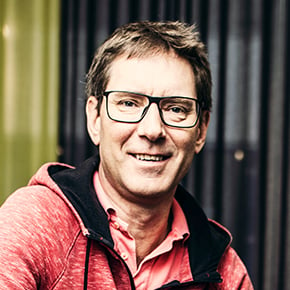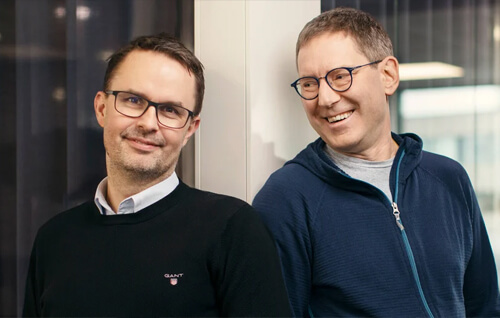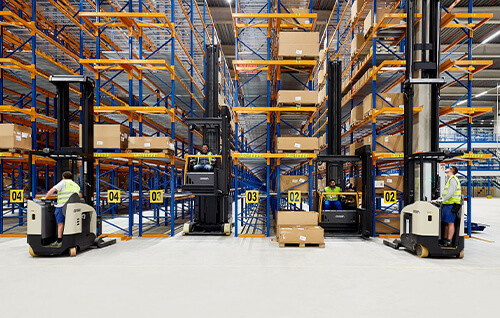
On the Move - Episode 2 - Why do we have industries?
Industries have existed for hundreds of years. Naturally overtime, industries have become more and more specialized to make selling a product or service easy. Yet the more specialized companies get, the more disconnected and complicated the customer experience can be within an industry.
For example, within the material handling industry we have original equipment manufacturers (OEM), system integrators, third party logistics (3PL), consultants etc. Although each business is related, they are all highly specialized and siloed in their go-to-market strategy – resulting in a very disjointed and highly inconsistent customer experience.
Now, let’s go one step further. Imagine if you’re a customer who must purchase from multiple industries to bring their space to life, where do you even begin?
Industries such as commercial interiors, kitchen and bath and material handling are very much isolated from one another, yet many of them have the same customer.
So, why do we have industries?
The answer is businesses require focus and specialization.
One common theme across the industries we serve, is all their products and solutions are complex. The complexity requires businesses to handle their sales and order process in a structured and effective way. Typically, the greater the complexity the greater the need for specialized functions within their business.
Businesses determined the industry logic a long time ago. They narrowed in on their specialty and focused on doing that specialized thing really well, never taking on too much outside of their focus.
Now this isn’t a wrong way to think, it has helped the customer a lot – it’s resulted in efficient service, faster delivery and better quality and lower prices. But it still doesn’t help them navigate across industries.
The large reason for the need to focus on a specialization in industries is that knowledge about products and solutions have historically been stored in our heads and as humans we can only handle so much complexity.
Today, we need to know what the products are, how products work, how they’re priced, how they’re installed and how they work with other products. Then in addition to understanding all of this, we need to be able to efficiently communicate this information across teams, departments and externally as a unified message. Oh and of course the most important part, ensure design intent to win the project and have a satisfied customer.
It is thanks to the specialization of industries that we’ve been able to reach levels of service and efficiency – they have taken something incredibly complex and broken it down into something that is manageable and consumable.
However, technology can change this and potentially make some industries obsolete.
Today, the design process is divided into two parts: a create process and technical process. Both are very different from one another, and it is very rare on the human-level to be good at both. But why should businesses rely on humans who can handle only so much? Instead, utilize technology to handle a large scope of technical processes and let humans focus on the creative design.
By letting technology handle the technical aspects of manufacturing, industry specialization can transform to instead focus on product types.
For example, imagine a designer picking intelligent building blocks from many different product types and combining them all together in a calculated, simulation, emulated, visualized and 100% verified design for the customer.
This idea would eliminate the need for customers to interact with multiple businesses to bring their space to life and ultimately result in a highly efficient process and customer satisfaction.
To learn how your business can take the first step towards blending industries together, use the form to get in touch with a Configura sales representative.
on the move series
EPISODE 1 - VALUATING CUSTOMER-CENTRIC SOFTWARE

















